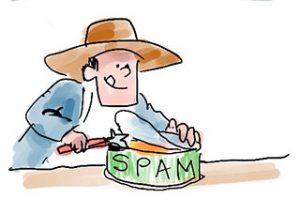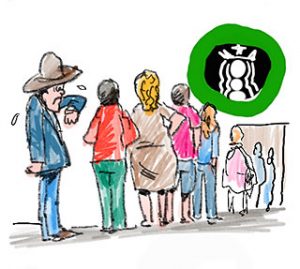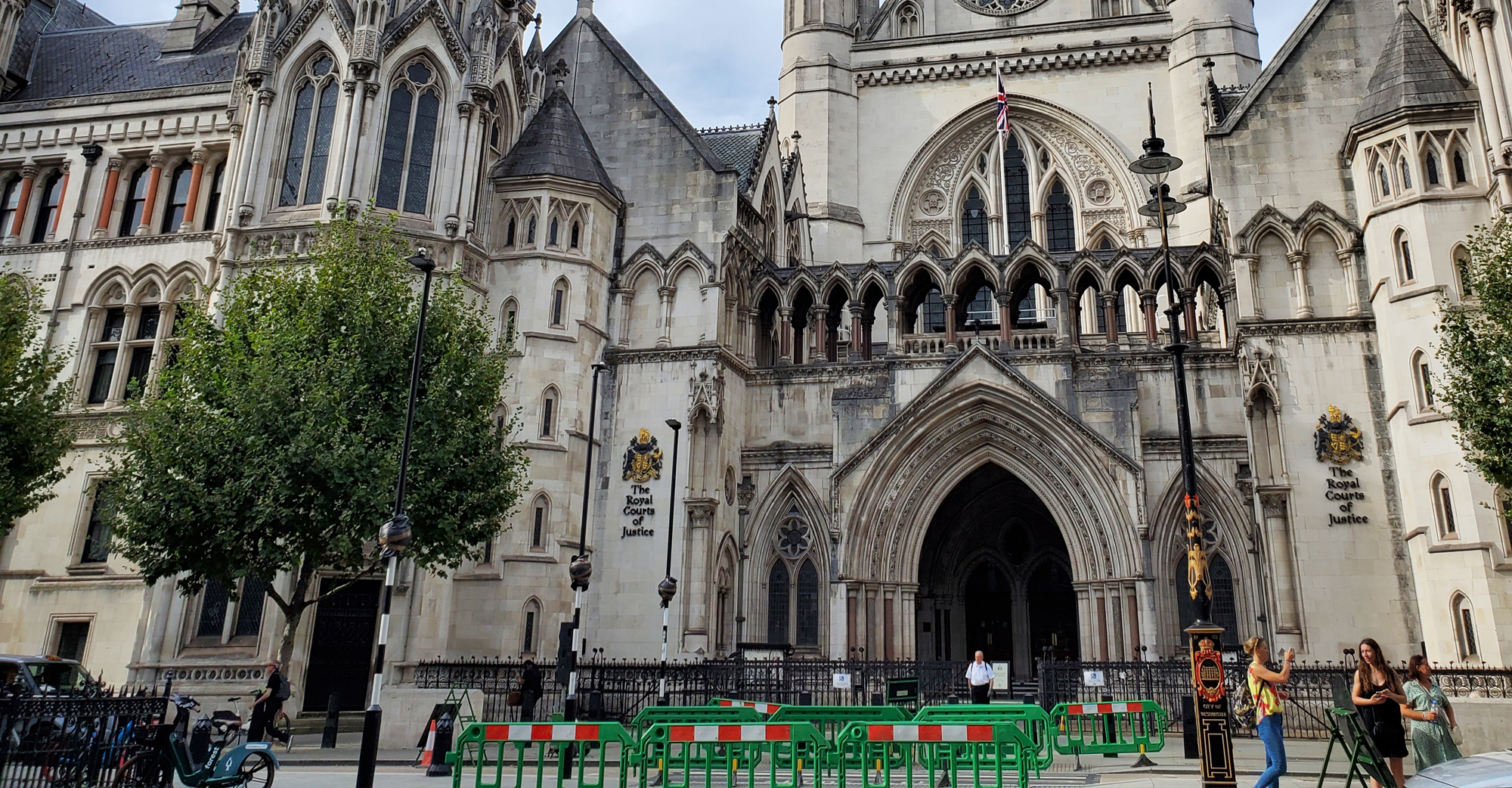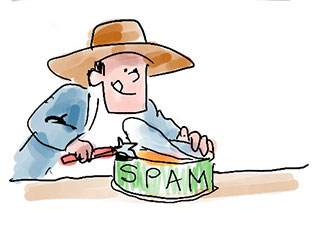What US state consumes the most spam? Name King George V’s first cousins. These and more are in our latest travel trivia game.
Global Trivia 32
Congratulations!
You have completed Global Trivia 32.

You scored %%SCORE%% out of a possible 5 points.
Your performance was: %%RATING%%
Question 1 |
Name the US’s most popular national park.
A | Grand Canyon |
B | Great Smoky Mountains |
C | Rocky Mountain (Colorado) |
D | Zion |
E | Yellowstone |
The Great Smoky Mountains National Park averages 11,421,200 visitors per year
America's 10 Most Popular National Parks, ranked
1. Great Smokey Mountains
2. Grand Canyon
3. Rocky Mountain
4. Zion
5. Yellowstone
6. Yosemite
7. Acadia
8. Grand Teton
9. Olympics
10. Glacier
— National Geographic
Question 2 |

Three of the four names are first cousins. Name the one who is not.
A | Archduke Franz Ferdinand of Austria |
B | King George V of Great Britain |
C | Tsar Nicolas ll of Russia |
D | Kaiser Wilhelm II of Germany |

George (who is Elizabeth II’s paternal grandfather) was Queen Victoria’s grandson through her son King Edward VII and his wife Alexandra of Denmark. Alexandra’s younger sister was Empress Maria Feodorovna of Russia, whose oldest child was Emperor Nicholas II. Since George and Nicholas’ mothers were sisters, they were first cousins. During the Russian Revolution, Nicholas II pleaded for refuge in England, but was denied by King George, out of the fear of the spread of Bolshevism, despite Nicholas II’s stance against it.
Edward VII’s oldest sister was Empress Victoria of Germany and her oldest child was the Kaiser Wilhelm II. Since George’s father and Wilhelm’s mother were also siblings, they were first cousins. Nicholas II was a more distant cousin of Wilhelm’s. He was the great grandson of Emperor Nicholas I and a Prussian Princess.
Question 3 |

What US State consumes the most SPAM, as in canned food.
A | Hawaii |
B | Iowa |
C | Michigan |
D | Minnesota |
E | New Jersey |
Hawaii’s plantation era is over, but Spam’s still a local darling, a reminder of a different time. On the islands, there’s no shame in eating Spam. On the contrary, you’re kind of weird if you don’t like it. Hawaii consumes more Spam per capita than any other state, with five cans eaten per person per year — about 7 million cans total — according to Nicole L. Behne, a Spam senior product manager.
Hawaii is the only part of the country that fully appreciates Spam’s, where the canned meat is served and loved everywhere from fast-food restaurants to an annual “Spam Jam” street festival. Spam might not seem like a traditional island food, but Hawaiians know a good thing when they see it, and Spam has been a Hawaiian favorite for almost as long as the iconic canned meat has existed.
After the war, Spam remained a practical source of nourishment for Hawaii’s mid-20th-century sugar and pineapple plantation workers because it didn’t need to be refrigerated and could sit out in the sun in a lunch pail without rotting. It was a common food among Hawaii’s Japanese, Chinese, Korean Filipino, Portuguese, and Puerto Rican workers — an edible analog to Hawaiian Creole English, the shared dialect that had developed decades earlier. Plus, salty Spam was the perfect complement to rice, a staple of the Hawaiian diet, and a cheap way to get meat on the table in a state with a high cost of living.
Spam hit grocery shelves in 1937, distinguishing itself from other brands of ready-to-eat canned ham with a clutchable can size and relatively short ingredient list. (Ironically, given its current reputation, Spam was intended to be a higher-quality alternative to the other tinned mystery meats on the market.) When war broke out a few years later, the U.S. military distributed it to GIs since it was inexpensive and filling, didn’t spoil, and shipped easily. “For every soldier who swore he would never eat Spam again and stuck to it, there seemed to be two who became Spam customers as a result of being introduced to it during the war,” writes Carol Wyman in Spam: A Biography. Meanwhile, on the home front, consumers, otherwise mostly meat-deprived, could use their ration stamps to buy Spam on a limited basis. In a Hawaii, which was geographically isolated and faced food shipping interruptions during the war, Spam was a godsend, says Arnold Hiura, a food historian and author of Kau Kau: Cuisine & Culture in the Hawaiian Islands.
Question 4 |

Name the city with the most Starbucks.
A | Seattle, WA |
B | Seoul, Korea |
C | Toronto, ONT |
D | Vancouver, BC |
E | New York City, NY |
Although Starbucks Corporation was founded in the US, only three of its cities rank among the top ten cities with the most Starbucks. Seattle, the founding place of Starbucks has 142 stores, ranking it in position eighth. New York City has the highest number of stores in the US (277), only second to Seoul that has 284 stores. The prominence of coffee shops in Seoul does not come as much of a surprise, as coffee is a popular drink in Korean culture. Starbuck Coffee Korea Corporation which operates the Starbuck stores in Seoul is a joint venture between Starbucks Corporation and Shinsegae.
Question 5 |

What nation invented gun powder?
A | China |
B | Italy (the Roman Empire) |
C | Great Britain |
D | Japan |
E | Mongolia |
Gunpowder was invented in 9th-century China, attributed to experimentation in Chinese alchemy by Taoists in the pursuit of immortality, and is listed as one of the "Four Great Inventions" of China. Gunpowder was first used for warfare about 904 A.D. by the reigning Sung dynasty against the Mongols, whose constant invasions into the country plagued the Chinese. The Mongols were the first to be subjected to flying fire — an arrow fixed with a tube of gunpowder that ignited and would propel itself across enemy lines. More gunpowder-based weapons were invented by the Chinese in the next centuries, including the first cannons and grenades. Chinese innovation actually included a rife made of bamboo. Gunpowder spread via the Silk Road and eventually to Europe where it changed warfare forever.

